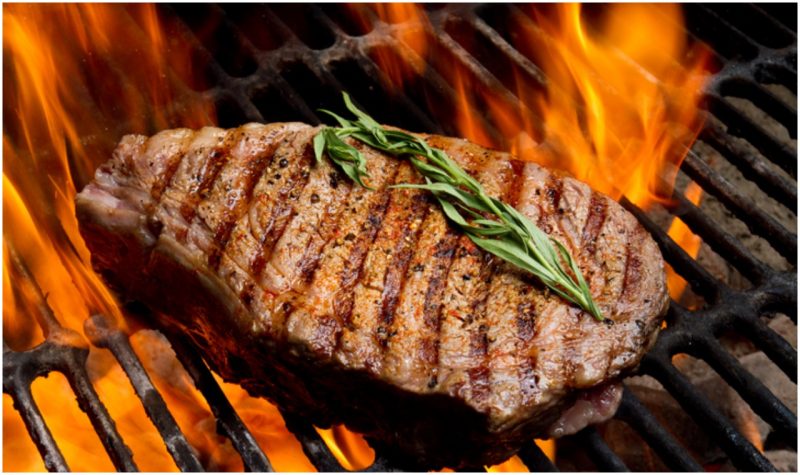A 1990s advertising campaign in the United States featuring the iconic voice of actor Sam Elliot stated as its tagline, “Beef, its what’s for dinner!”
Certainly beef is the star of the American diet, but where did we get the name “Sirloin” from and why is there so much confusion about this staple at our dinner tables? Does one of our favorites cuts of meat actually have noble beginnings, hence the “sir” before the “loin”? The truth is not as entertaining as the myths surrounding the name and spelling of our beef, but it certainly helped in putting beef at the top of the meat hierarchy.
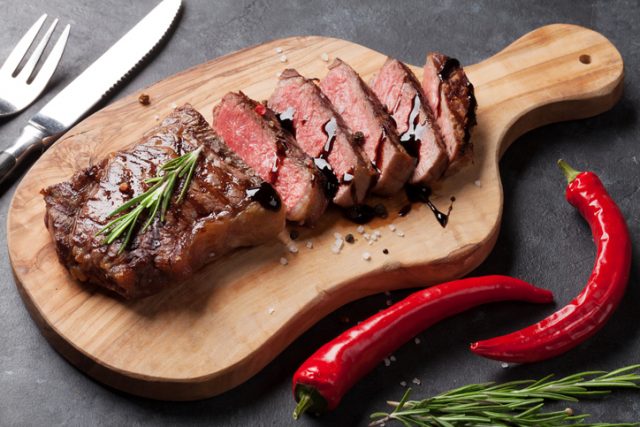
There are several versions of how beef loin earned its knightly honors, but the most common revolves around a visit by King Charles II to the estate of Hoghton in Lancashire, England. While visiting the family and working on settling some royal business, the entourage was served a large cut of beef that Charles found extremely satisfying and stated, “A noble joint! By St. George, it shall have a title!”
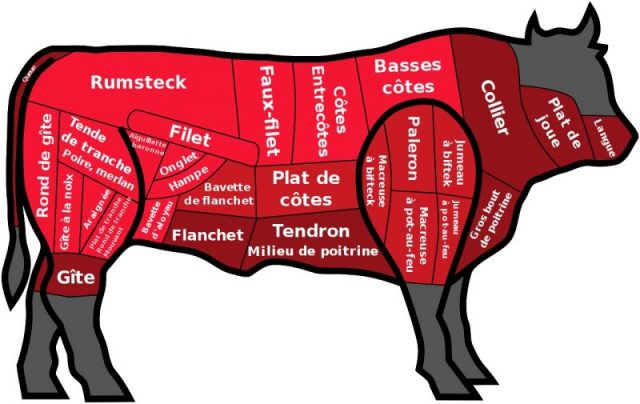
The King suddenly drew his sword and with feigned dignity knighted it at the table declaring, “Loin, we dub thee knight; henceforward be Sir Loin!”
There are a couple other variations of the story, which include both Henry VIII and James I — the Henry VIII version may be the most believable considering his sometimes-bizarre behavior.
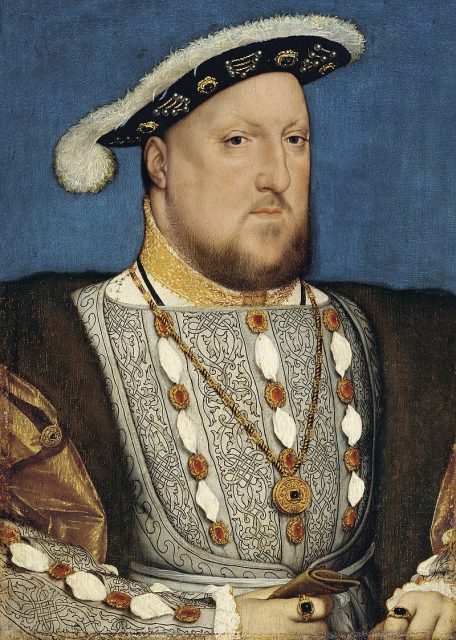
However, the Charles II version is the most persistent and Hoghton Estate still celebrates the event. One can even participate in the ceremony, as Hoghton is open to the public for tourism. The truth about sirloin is much less intriguing and is more commonly attributed to the French word “surlonge”. Online Etymology Dictionary lists the word as follows:
“Early 15c., surloine, from Middle French surlonge, literally ‘upper part of the loin,’ from sur ‘over, above’ (see sur-) + longe ‘loin,’ from Old French loigne (see loin).”
Etymologist Walter Skeat probably settled the matter long ago, despite the persistence of the knighting myth, in 1882. Skeat pointed out the true origins of “sirloin” and wrote, “It is one of those unscrupulous inventions with which English ‘etymology’ abounds, and which many people admire because they are ‘so clever’.” Adding to the confusion about the name is that while “sur” means “over, above”, there is no “longe” in French cuts of beef. Therefore, without a “longe”, how can there be a “surlonge”?
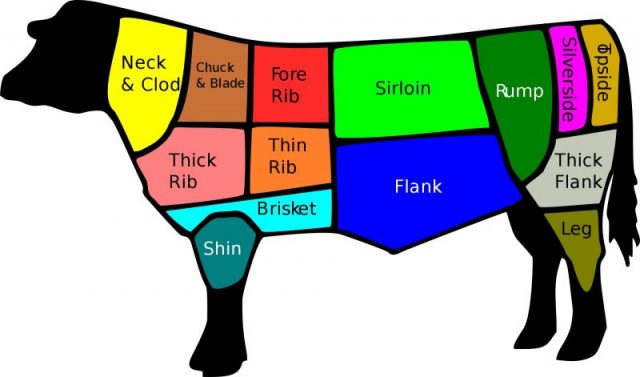
Of course, more fuel is added to the confusion as British cuts of beef differ significantly from American cuts of beef, and neither corresponds to the names assigned to French cuts. The cuts of American beef referred to as “sirloin” are actually referred to by the British as “rump”. This is hardly a noble name considering the affinity American consumers have for purchasing sirloin.
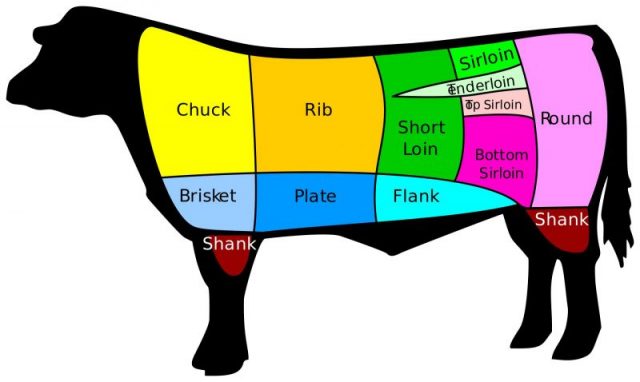
The American sirloin and short loin cuts produce many of our favorite pieces of meat including T-bones, top sirloin, and the New York Strip. Typically, U.S. beef is butchered to maximize its commercial value since it is a staple in the American diet.
Related Video: Hilarious 1960s ad for a futuristic kitchen
However, much of what is labeled as “sirloin” in the U.S. is often considered as less than desirable by butchers in other countries — especially France. It often includes the bottom end of the British “rump” and can be a bit tough.
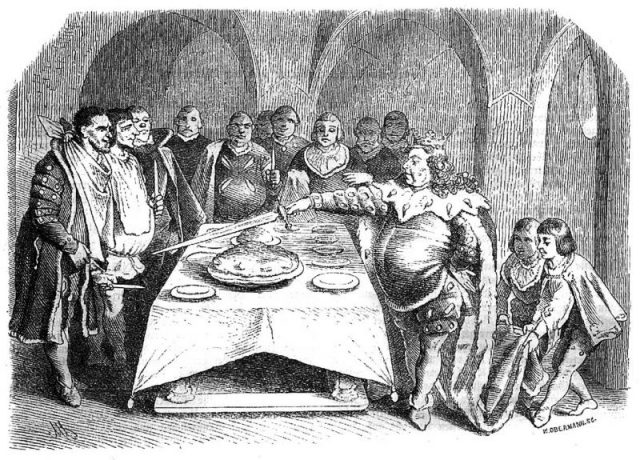
The British cuts of “sirloin” is positioned forward of the American cut at the top of the steer that Americans call the “porterhouse” and also includes portions of the American “rib” section.
Read another story from us: Back in the Days when Lobster was Cheaper than Beans
Consequently, in the Charles II story of the knightly beef, it is likely that the dish served to the King was actually what Americans call, “prime rib”. One thing that both Americans and Brits can probably agree on is that “prime rib” is definitely deserving of a noble rank when served on our dinner tables.
